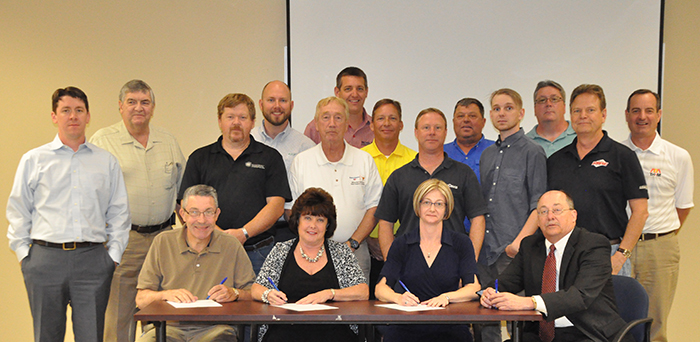

The OSHA Respirable Crystalline Silica Standard for construction forces employers to do the following: Major Provisions of the OSHA Respirable Crystalline Silica Standard Crystalline silica is found on beaches and playgrounds-and of course on job sites where concrete, tile, and masonry materials like brick, block, and mortar are being moved, cut, or otherwise manipulated. Workers can respirate crystalline silica when cutting, sawing, grinding, drilling, or even crushing or transporting these materials.

Respirable crystalline silica is made up of particles that are 100 times smaller than ordinary sand (or less). That would mean having to don some pretty bulky headgear! What is Crystalline Silica? So far, OSHA has yet to force the use of apparatus designed to filter dust to the lungs in most scenarios. OSHA believes the Respirable Crystalline Silica Standard will save as many as 560 lives and prevent up to 1080 silicosis conditions per year in just the construction market alone. We’re continuing to see tools hit the market that address this standard and help mitigate silica dust exposure. When you talk about crystalline silica you’re talking about mixing, grinding/polishing, cutting, and drilling concrete as well as tuckpointing and using demo hammers. You also have to address rock crushing, drywall finishing, and using heavy equipment when moving concrete and dirt. Check out our article on Table 1 compliance for even more information on tools and systems. The OSHA Respirable Crystalline Silica Standard puts some hard data and solutions in place to deal with these issues. OSHA does give us another number that estimates 640,000 (roughly one-third) of these workers may have exposure to silica levels that would exceed the proposed permissible exposure limit (PEL). That number is awfully high, but it merely deals with people around those materials, not people negatively affected by overexposure. OSHA claims that 1.85 million workers are currently exposed to respirable crystalline silica in construction workplaces. How We Got the OSHA Respirable Crystalline Silica Standard or Rule State Plans must participate because of the nationwide exposures to silica.

OSHA REGION X UPDATE
Since it affects both commercial construction companies as well as smaller residential construction and remodeling companies, the effects of the OSHA Respirable Crystalline Silica standard or rule are enormous once you take into account compliance costs, insurance, and potential penalties.īe sure to check out our article on the OSHA Silica Dust Permissible Exposure Limit (PEL) February 2020 Update This necessarily drove up costs to consumers-but it also facilitated better working conditions and a path to a safer work environment. It brought with it increased business costs for mitigation. The OSHA Respirable Crystalline Silica Standard became law in 2017.


 0 kommentar(er)
0 kommentar(er)
